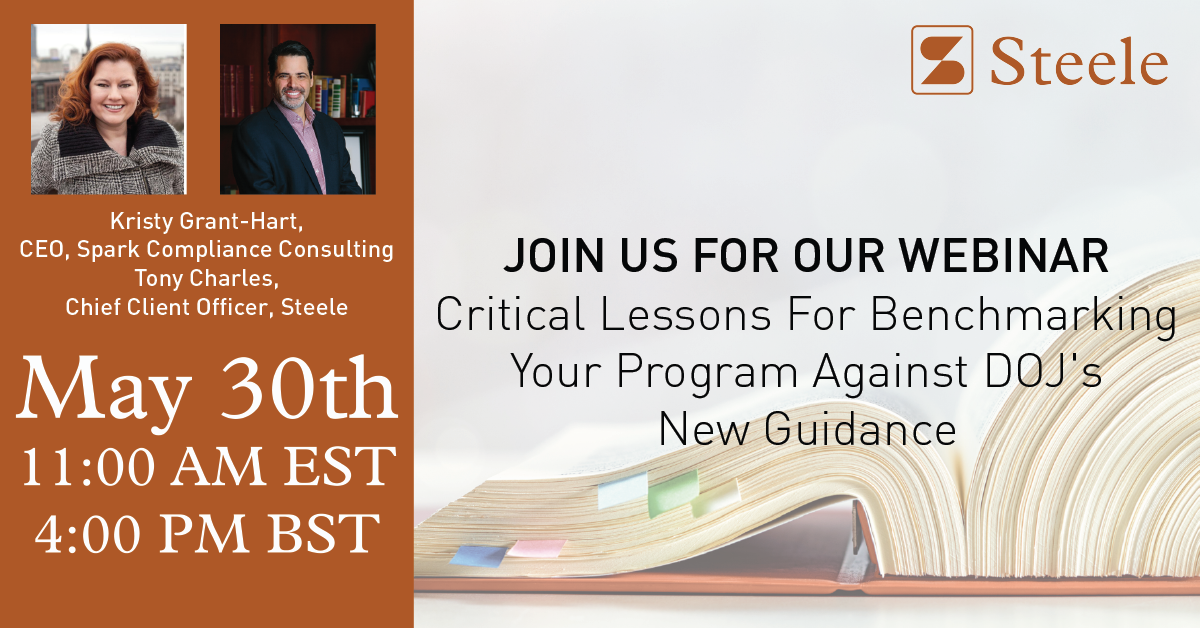Why You Must Hone Your Elevator Speech, and How to Do It
/“So, what do you do?” Whether at a conference, networking session, work meeting or cocktail party, this question will come up at nearly every event you attend. Having a good answer to this question will make you more interesting and more likely to find yourself engaged in a meaningful conversation. It will also make you more memorable, which can increase your career prospects and your network.
The phrase “elevator speech” is used to describe the short nature of the time it should take to deliver it. It only takes a few seconds to go from floor to floor on an elevator. What makes a good elevator speech?
1. Clarity on who you are and what you do
A good elevator speech answers two questions: who are you, and what you do. Who you are should always include your name. When starting your elevator speech, try to avoid relying solely on your title. Instead, try to explain what you do in the context of why you do it. The fact that you’re a compliance manager or vice president doesn’t really tell anyone what you do.
Your elevator speech will necessarily change depending on the environment. For instance, at a conference, you might say, “I’m Jenny Campbell, and I work Xyzzy’s compliance and audit function in our Denver office.” If you’re at a cocktail party where people are unlikely to work in compliance, you can try, “I’m Jenny Campbell, and I help my company to be more ethical and compliant with the law.” If you’re at a work meeting, you could say, “I’m Jenny Campbell, and I work to make sure the company doesn’t pay bribes or get in trouble with the law through the compliance function.” By expanding on what you do day-to-day, or what your intentions and responsibilities are, you’ll immediately be more interesting.
2. Succinctness…
Read More










